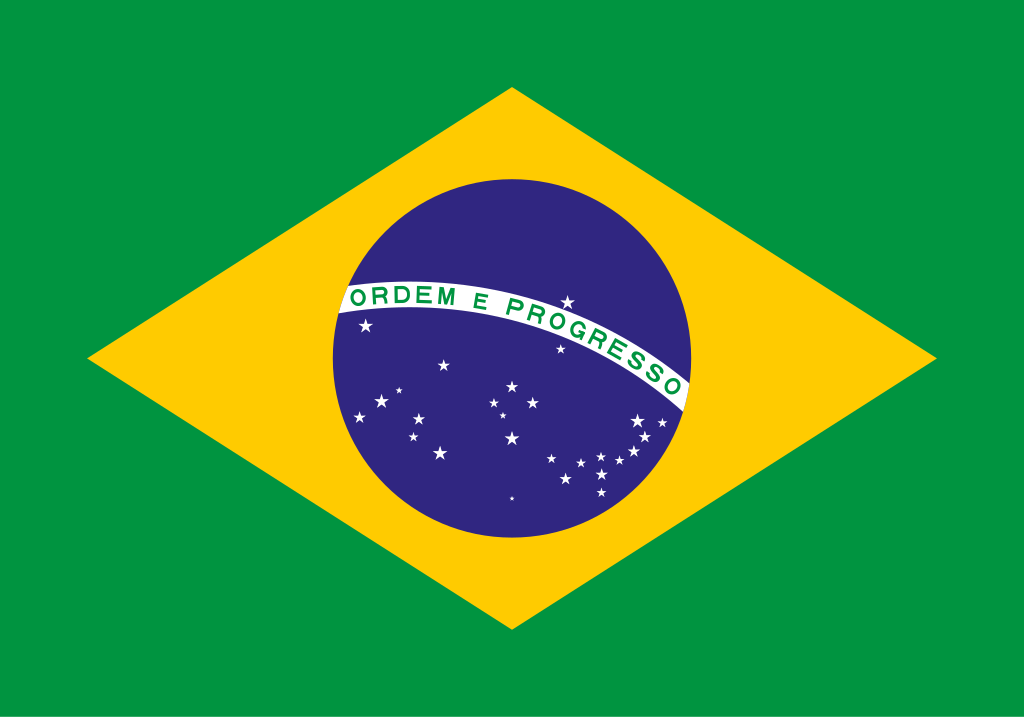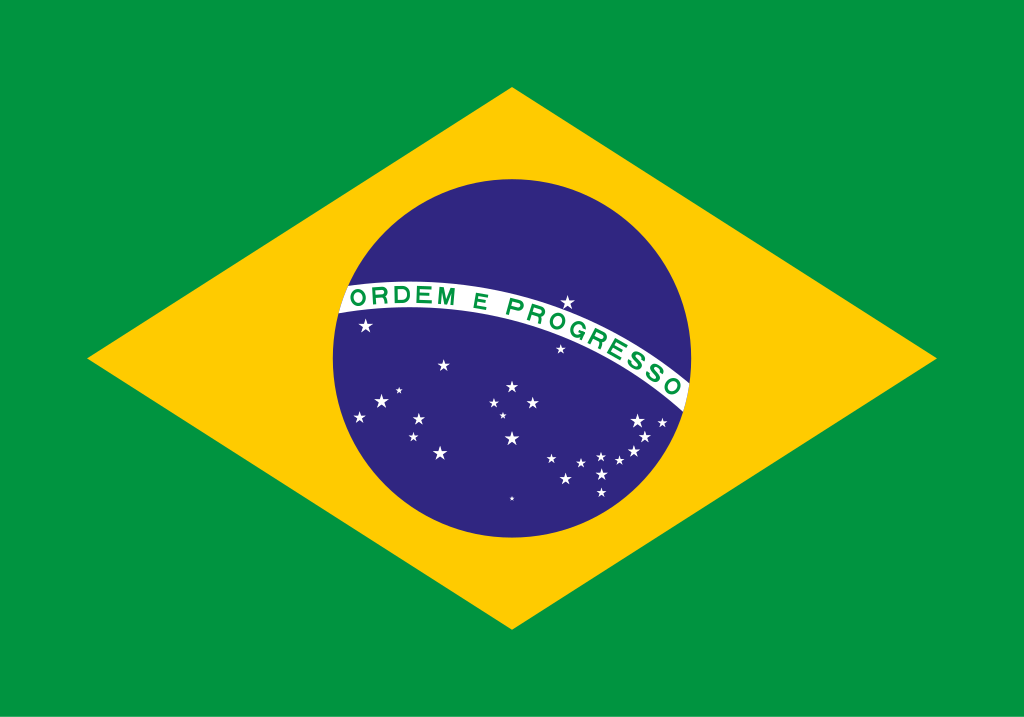The power of interactive maps for communicating spatio-temporal data to health professionals
All claims expressed in this article are solely those of the authors and do not necessarily represent those of their affiliated organizations, or those of the publisher, the editors and the reviewers. Any product that may be evaluated in this article or claim that may be made by its manufacturer is not guaranteed or endorsed by the publisher.
Authors
While more and more health-related data is being produced and published every day, few of it is being prepared in a way that would be beneficial for daily use outside the scientific realm. Interactive visualizations that can slice and condense enormous amounts of multi-dimensional data into easy-to-digest portions are a promising tool that has been under-utilized for health-related topics. Here we present two case studies for how interactive maps can be utilized to make raw health data accessible to different target audiences: i) the European Notifiable Diseases Interactive Geovisualization (ENDIG) which aims to communicate the implementation status of disease surveillance systems across the European Union to public health experts and decision makers, and ii) the Zoonotic Infection Risk in Twente-Achterhoek Map (ZIRTA map), which aims to communicate information about zoonotic diseases and their regional occurrence to general practitioners and other healthcare providers tasked with diagnosing infectious diseases on a daily basis. With these two examples, we demonstrate that relatively straight-forward interactive visualization approaches that are already widely used elsewhere can be of benefit for the realm of public health.
How to Cite

This work is licensed under a Creative Commons Attribution-NonCommercial 4.0 International License.
PAGEPress has chosen to apply the Creative Commons Attribution NonCommercial 4.0 International License (CC BY-NC 4.0) to all manuscripts to be published.










